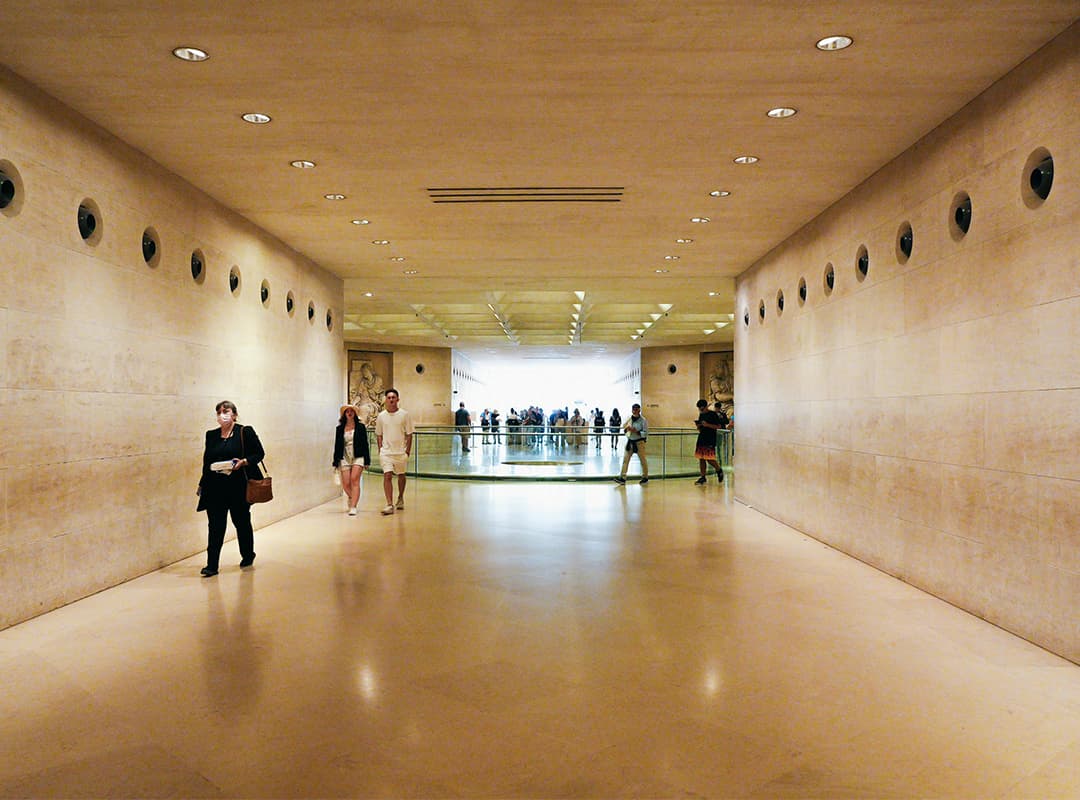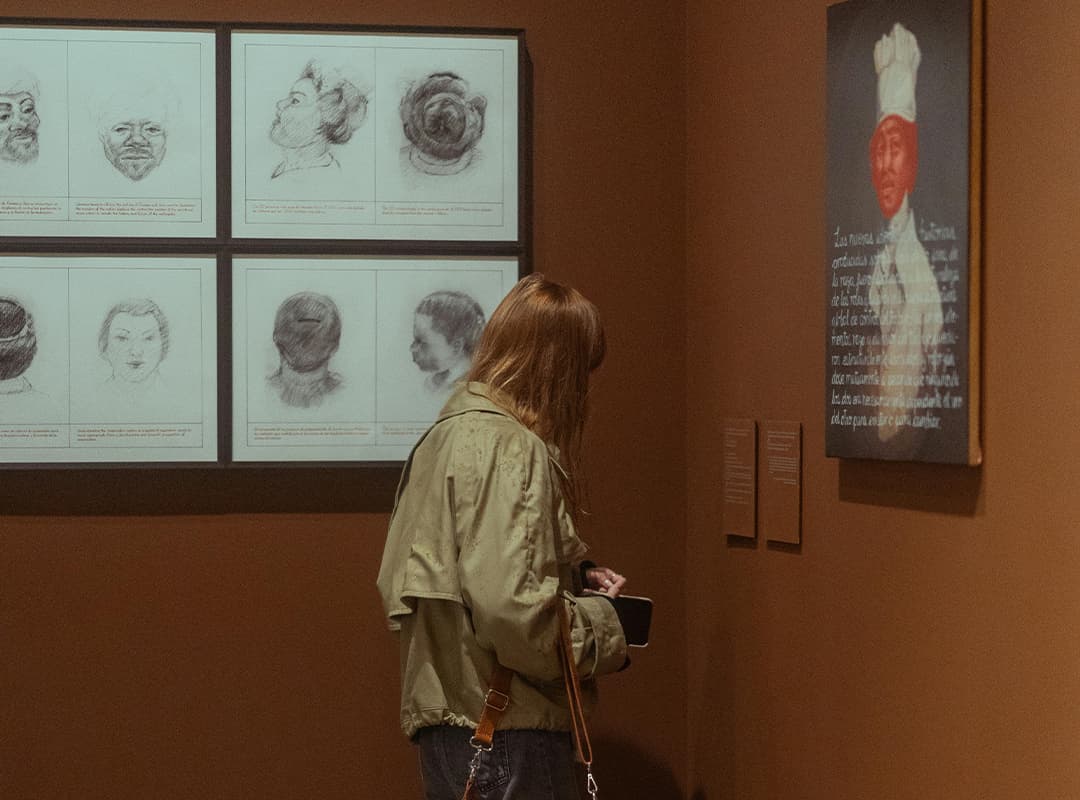The COVID-19 pandemic has had far-reaching effects on many sectors, and the American art market and galleries have not been spared. As galleries faced unprecedented challenges, the landscape of art consumption, promotion, and exhibition has transformed significantly. This article explores the impact of the pandemic on American art galleries and the market as a whole, highlighting shifts in exhibition practices, sales channels, and audience engagement. The work of artists like Martha Cooper photographer, a renowned photographer known for her contributions to street art, exemplifies how artists adapted during this turbulent time.
1. Temporary Closures and Shifting Exhibition Models
In March 2020, many galleries across the United States were forced to close their doors in compliance with health regulations. This sudden shutdown led to the cancellation or postponement of exhibitions and events, creating significant financial strain for many galleries. To adapt, many institutions began exploring virtual exhibitions and online platforms to showcase their collections and continue engaging with audiences.
The pivot to digital not only allowed galleries to remain operational but also opened new avenues for creativity. Virtual tours, online panels, and livestreamed events became the norm, enabling galleries to reach audiences that they might not have connected with previously. This shift encouraged institutions to think outside the box, exploring innovative ways to present art in a digital format.
2. Embracing Technology and Online Sales
With in-person sales dramatically declining, galleries quickly turned to online platforms to facilitate art sales. Many institutions launched or enhanced their e-commerce capabilities, allowing collectors and art enthusiasts to purchase works directly from their websites.
The rise of social media also played a critical role in this transition. Platforms like Instagram and Facebook became essential tools for galleries to promote their artists and artworks, fostering a sense of community among collectors and art lovers. Many galleries began hosting online auctions and sales events, further adapting to the digital landscape.
3. Changing Audience Dynamics
The pandemic shifted audience demographics, as many art enthusiasts sought new ways to engage with art during lockdowns. People turned to online platforms for cultural enrichment, leading to a broader and more diverse audience for galleries.
This change provided an opportunity for emerging artists to gain visibility alongside established names. Digital platforms allowed artists, including Martha Cooper, to reach wider audiences by sharing their work and stories on social media. Cooper’s photography, which captures the intersection of street art and urban culture, resonated with audiences during a time when public spaces and creative expression were being redefined.
4. Increased Focus on Community Engagement
As galleries navigated the challenges posed by the pandemic, many recognized the importance of community engagement. Institutions began to focus on building stronger connections with local audiences, offering programming that addressed pressing social issues, such as racial inequality and mental health.
This emphasis on community engagement allowed galleries to foster meaningful dialogue and create inclusive spaces for conversation. Many galleries began partnering with local organizations to host events and workshops that connected art with community needs, reinforcing the importance of art as a tool for healing and reflection during difficult times.
5. A Shift in Art Consumption Patterns
The pandemic has also led to changes in art consumption patterns. With the rise of remote work and the increased time spent at home, many individuals turned to art as a means of enhancing their living spaces. This trend resulted in a surge in demand for accessible and affordable art, as collectors sought to support artists and galleries in new ways.
Moreover, the growing interest in art as an investment prompted collectors to reassess their purchasing strategies. The shift towards online sales and auctions made it easier for collectors to explore diverse offerings, leading to a more democratic art market.
6. Looking Ahead: The Future of the Art Market
As American galleries begin to reopen and adapt to the new normal, the lessons learned during the pandemic will likely shape the future of the art market. The increased emphasis on digital platforms and community engagement is expected to continue, as galleries recognize the value of maintaining an online presence and fostering connections with their audiences.
Artists like Martha Cooper, who have successfully navigated the challenges of the pandemic, will play a crucial role in redefining artistic expression in this evolving landscape. Their ability to adapt and innovate will inspire future generations of artists and galleries as they seek to thrive in a post-pandemic world.
The COVID-19 pandemic has undeniably transformed the American art market and galleries, forcing them to adapt to new realities. While the challenges have been significant, they have also sparked creativity, innovation, and resilience within the art community.
As galleries embrace digital tools, focus on community engagement, and navigate changing audience dynamics, they are poised to emerge from this crisis with renewed vigor. The future of the art market will be shaped by these experiences, leading to a more inclusive, accessible, and vibrant art landscape for artists and audiences alike.



